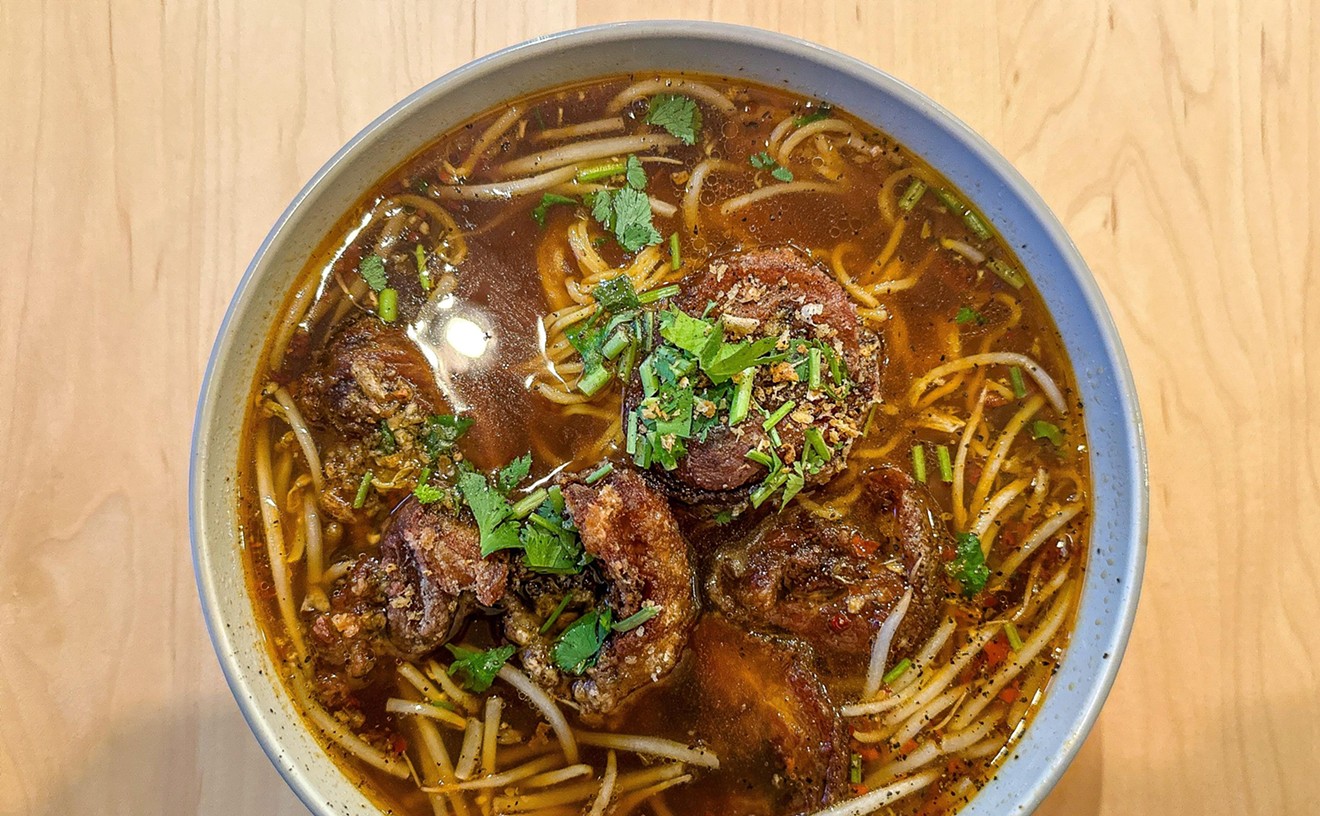On The Range is a weekly exploration of the history and lore of Texas menu items.
If
you've never been farther than Tacos Bell and Bueno, then it's quite likely that
you've never heard of mole, or if you have, that you dismissively think of
it as "that chocolate sauce," and wonder why anyone would put such a thing atop enchiladas.
Not so fast. In her book,
The Cuisines of Mexico, Diana Kennedy cautions against such a quick conclusion when it
comes to mole:
"Well, it isn't a chocolate sauce. One little piece of chocolate...goes into a
large casserole full of rich dark-brown and russet chilies. And anyone I've
ever served this to has been surprised and delighted, for in this, as in
other Mexican sauces, the seasonings and spices are not used with such a
heavy hand that they vie with each other for recognition but rather build up
to a harmonious whole."
Gourmands know this, but chocolate is
bitter when it is extracted from the cacao bean. (Sugar is added
later to create your favorite Hershey bar.) Kennedy's own labor-intensive
recipe for mole contains more than thirty ingredients, including ancho, mulato, and
pasilla chiles, cinammon, coriander, anise seed, turkey broth, carrots,
onion, garlic, and peppercorns.
Actually, mole doesn't even have to contain chocolate. The word comes from
the Nahautl term mulli, meaning "concoction" or "sauce", and may be yellow
(amarillo), green (verde), rojo (red), or negro (black) in color. Mole's
origins are disputed, and most of the stories, not surprisingly, involve
nuns and/or priests
preparing the concoction for a festival honoring a visit from the Archbishop. Others suggest that Aztec emperor Montezuma himself consumed the dish, although this theory is disputed by Sophie and Michael Cole, authors of The True History of Chocolate. "The idea of using chocolate as a flavor in cooked food would have been horrifying to the Aztecs--just as Christians could not conceive of using Communion wine to make, say, coq au vin."
Where should you try mole poblano, which is the most common version of
the
dish you'll find here in Big D? One option is Carolinas Mexican Cuisine
on Rosemeade near
the Tollway. The brand spanking new interior is quite chic but if the
weather's nice, ask to sit on the rather pretty and quite expansive
patio
out back. Several of Carolina's dishes involve mole, but you should
focus
your attentions on the Pollo en Mole, an entire chicken leg cooked into
submissiveness and topped with a generous portion of the sauce.










